One of the rewards of owning a leafy garden space is the visits you will receive from native birds and animals. If your yard is particularly fauna-friendly, these critters may even decide that it’s a great spot to take up permanent residency. Find out how you can provide them with the appropriate food sources, water and protection to help make your garden an attraction.
Native birds and animals can contribute to the health and wellbeing of your garden, helping to balance the ecosystem and control pest and disease. But for me, the most significant benefit of having them around is just being able to watch and listen to them go about their daily lives.
A couple of years ago, I planted a few hundred small flowering eucalypt trees in a new housing development. Before the planting, the place was all concrete paths, bitumen roads and brick houses. It was barren-looking, and the atmosphere was lifeless and certainly not welcoming. While I was working there, I was approached by sceptical residents who queried the trees being planted in their streets - would they drop leaves, or would the root systems destroying footpaths?
Recently, when I revisited this housing development, the ambience of the place had changed entirely. I could hear hundreds if not thousands of lorikeets chirping playfully, having the time of their lives feeding on the nectar of the trees we had planted. Simply by having the birds’ active in the area, life had been breathed into the estate.
Yes, trees can cause some inconvenience as they do drop leaves, they do have root systems, and they may require some maintenance to allow them to grow in a controlled way to fit in with our man-made systems of concrete paths and stormwater drainage. However, the advantages these trees have provided to the surroundings well outweigh the disadvantages.
Attracting fauna to your own garden
Selecting native plants for your garden is a sure-fire way to attract wildlife and birds.
Some ideal bird-attracting plants include:
Grevillea
Banksia
Callistemon
Acacia
Eucalypts
Smaller growing native plants such as Kangaroo Paw and grasses.
By simulating natural bushland with a canopy, understory, small shrubs, ground cover and leaf litter, you will attract the most extensive array of wildlife including birds, insects, bats, small animals, reptiles and frogs.
However, if it is not practical to have a mock national park in your backyard, you can also attract birds with exotic plant species. Lorikeets flock to Silver Birches to feed on the seeds, and Aloe and kniphofia flowers attract nectar-feeding birds like honeyeaters.
Food sources
Natural sources of food are best for attracting birds and animals. I'm not in favour of leaving food out as a way to attract native animals; this can just attract introduced bird species and vermin. It can also lead to an unbalanced diet, and an artificial food supply can easily become in short supply if you move to a new house or stop putting out the feed. Artificial feeding can also make the wildlife tame, and while this may seem like fun, it's not so pleasing when you arrive home to find a hungry goanna in your pantry looking for some more of that leftover roast lamb you left out for your pet kookaburra.
Garden water sources for attracting fauna
Having a fresh water source for birds and animals will also encourage them to visit your backyard. The water source needs to be located somewhere where the birds will not feel vulnerable to predators, located close to shrubs and trees or up off the ground is best. That is why most birdbaths you see for sale at the nursery are positioned on a pedestal or have a chain from which to hang them. Make sure your bowl of water for the birds is shallow or contains pebbles that allow the birds to stand on. A bucket of water with slippery sides is a drowning risk for birds and small mammals.
If you would like to bring frogs to your garden, then a pond or wetland will do this provided you don’t stock the pond with tadpole eating fish such as goldfish. Go for a native fish that will eat mosquito larvae but leave the tadpoles alone. A garden light positioned near the pond will help attract insects for the frogs to eat.
You may even be lucky enough to have some water birds visit your pond. Ducks are very good at keeping the mosquito population down. I have two ducks living in my back yard and have no mosquitoes or snails, and I never have to apply fertiliser to the lawn or garden. Placing some steel mesh about 20cm under the water level will help protect the fish and frogs from being eaten by the birds. Even better still, add water plants to the pond where the frogs and fish can take refuge. Your aim is to create a balanced ecosystem, like what would occur in nature. Water plants will help aerate and purify the water.
Attracting other native fauna
Nesting boxes can provide homes for owls, bats (great for insect control), possums and parrots. It may help prevent these guys from taking up residence in the roof space of your house.
Lizards like blue tongues and geckos are great to have living in your garden as they help control snails, spiders and insects. They need leaf litter and hollow logs to shelter in. Dense shrubs with spiky foliage such as Hakeas and Grevilleas will also provide excellent protection for your wildlife.
The environmental impact of attracting native fauna
By attracting wildlife to your garden, you are helping to protect our native species from dying out due to the continual clearing of their habitat for urban development. You are also giving them a corridor to visit other fauna-friendly gardens around you.
Do you have fauna-attracting plants in your garden? What are your favourites?

